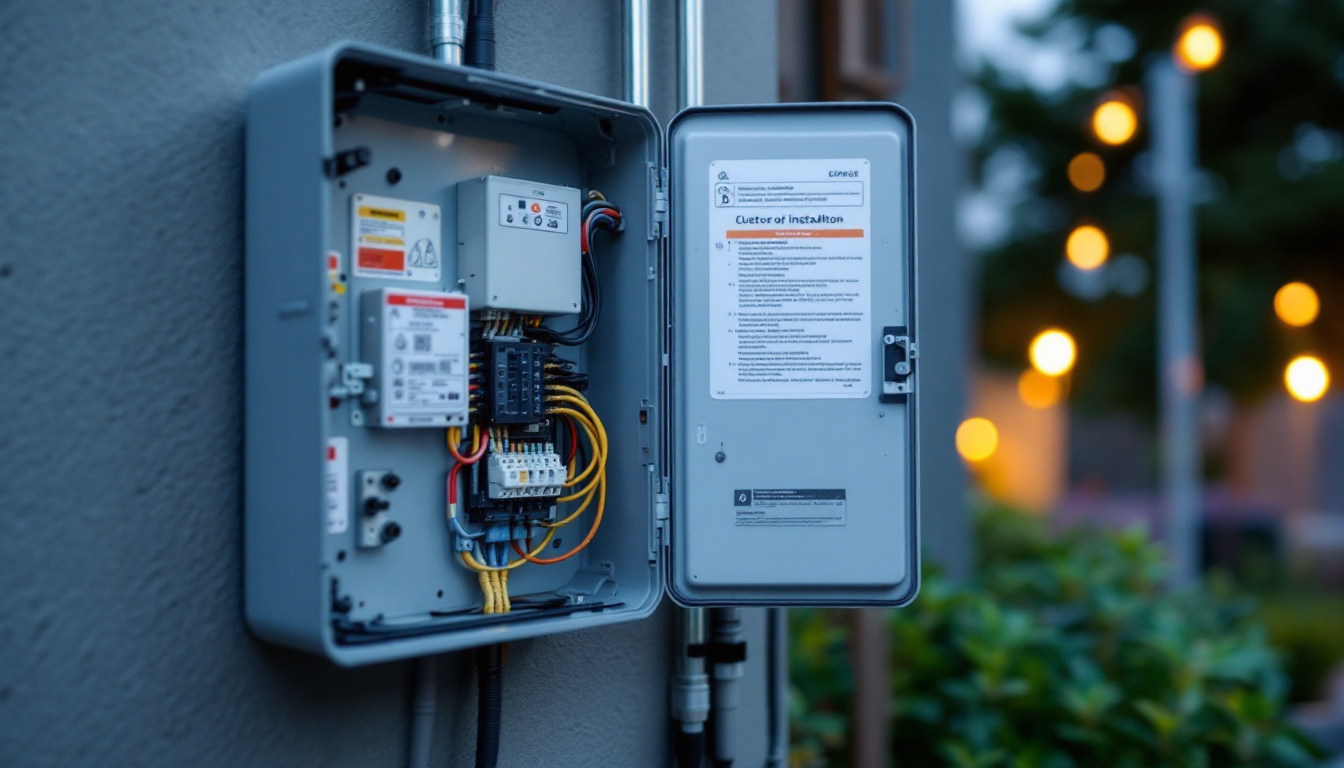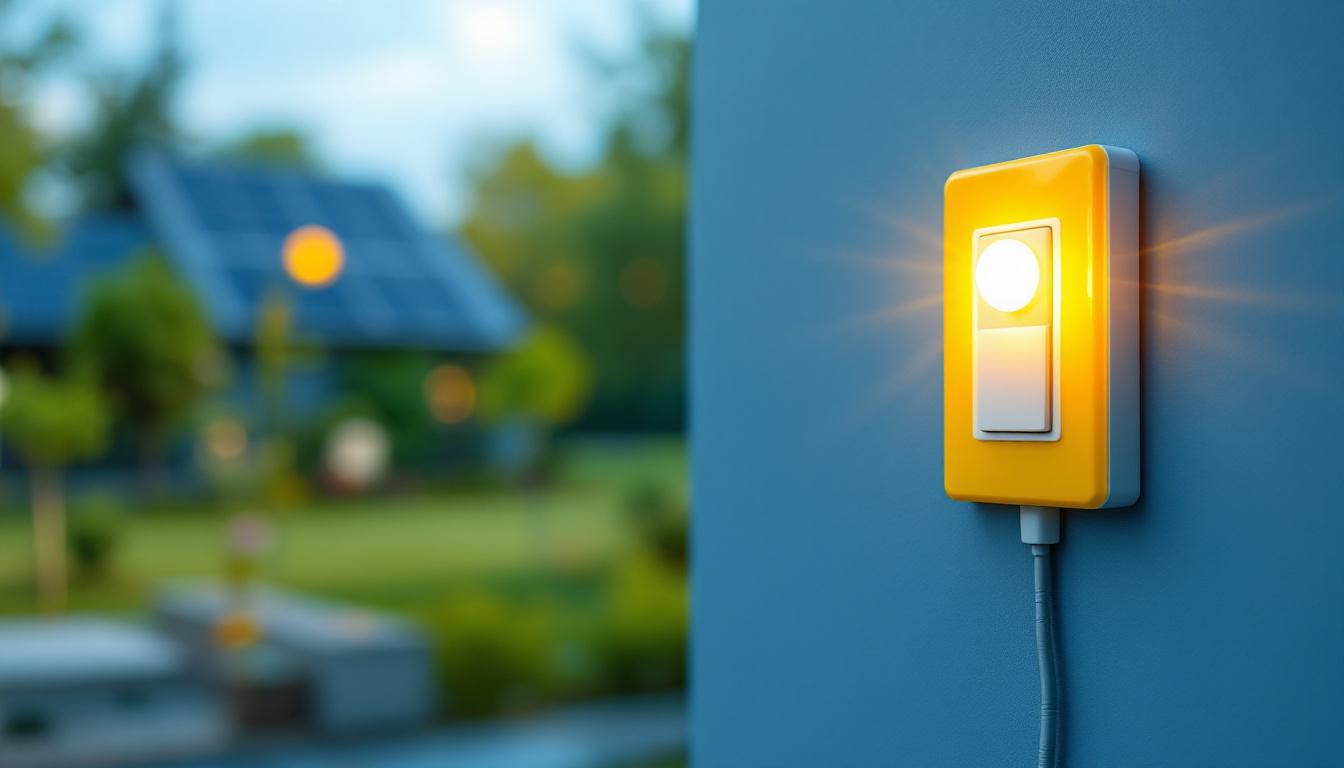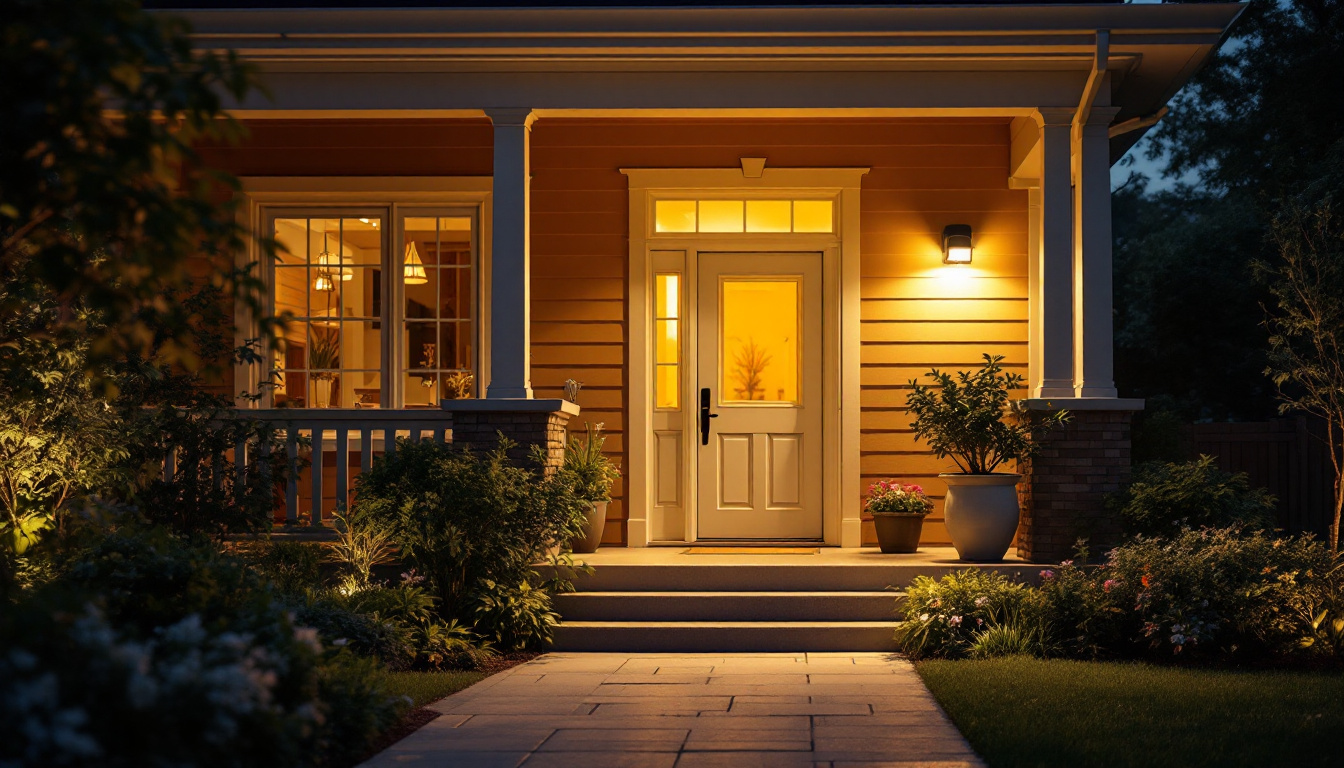
In the competitive world of lighting contracting, understanding the nuances of fluorescent bulb specifications can significantly enhance a contractor’s ability to secure more bids. Fluorescent bulbs, known for their energy efficiency and longevity, have become a staple in both commercial and residential lighting. This article delves into the specifications of fluorescent bulbs and how they can be leveraged to win more projects.
Fluorescent bulbs come with a variety of specifications that define their performance, efficiency, and suitability for different applications. Familiarity with these specifications is essential for lighting contractors aiming to provide tailored solutions to their clients.
Wattage refers to the amount of energy consumed by the bulb, while lumen output measures the total amount of visible light emitted. A higher wattage does not always equate to higher lumen output, as different bulb technologies can produce varying efficiencies. For instance, a 32-watt T8 fluorescent bulb typically produces around 2,800 lumens, making it a popular choice for commercial spaces.
Contractors should be prepared to discuss the relationship between wattage and lumen output with clients, as this knowledge can help in selecting the right bulb for specific applications. Additionally, understanding how to calculate the lumens per watt (LPW) can aid in comparing different bulb options and ensuring optimal energy efficiency. This metric not only helps in making informed decisions but also plays a crucial role in energy conservation strategies, which are increasingly important in today’s environmentally conscious market. By opting for bulbs with higher LPW ratings, clients can significantly reduce their energy costs while maintaining adequate lighting levels.
Color temperature is measured in Kelvins (K) and indicates the color appearance of the light emitted by the bulb. Fluorescent bulbs are available in a range of color temperatures, from warm white (around 3000K) to cool white (4000K) and daylight (5000K and above). Each color temperature creates a different ambiance and can influence the mood of a space.
Lighting contractors should consider the intended use of the space when recommending a color temperature. For example, warm white is often preferred in residential settings for its cozy feel, while cool white or daylight is more suitable for offices and retail environments, where clarity and alertness are desired. Furthermore, the psychological effects of color temperature can be profound; warmer tones can promote relaxation and comfort, making them ideal for spaces like living rooms or bedrooms, while cooler tones can enhance focus and productivity in workspaces. Understanding these nuances allows contractors to create lighting plans that not only meet functional needs but also enhance the overall experience of the space.
The color rendering index (CRI) measures a light source’s ability to accurately reproduce colors compared to natural light. A CRI rating of 80 or above is generally considered acceptable for most applications, while higher ratings (90+) are ideal for settings where color accuracy is critical, such as art galleries or design studios.
Contractors should emphasize the importance of CRI to clients, particularly in environments where color perception is vital. By recommending bulbs with appropriate CRI ratings, contractors can enhance the quality of lighting in their projects, leading to higher client satisfaction and repeat business. Additionally, it is worth noting that certain industries, such as photography and retail, may require even higher CRI ratings to ensure that colors are seen as intended. This attention to detail not only improves the aesthetic quality of the space but also supports the functional requirements of the tasks being performed, ultimately contributing to a more successful project outcome.
Fluorescent bulbs offer numerous advantages that can be highlighted to clients, making them an attractive option for various lighting applications. Understanding these benefits can empower lighting contractors to make informed recommendations.
One of the most significant advantages of fluorescent bulbs is their energy efficiency. They consume less electricity compared to incandescent bulbs, which can lead to substantial savings on energy bills over time. This efficiency is particularly appealing to businesses looking to reduce operating costs.
Contractors can leverage this benefit by presenting energy savings calculations to clients, demonstrating how switching to fluorescent lighting can result in long-term financial benefits. Additionally, many utility companies offer rebates for energy-efficient lighting upgrades, further incentivizing clients to consider fluorescent options. The environmental impact is also noteworthy; by consuming less energy, fluorescent bulbs contribute to a reduction in greenhouse gas emissions, making them a more sustainable choice for eco-conscious clients.
Fluorescent bulbs typically have a longer lifespan compared to traditional incandescent bulbs, lasting anywhere from 7,000 to 15,000 hours depending on the type and usage. This longevity reduces the frequency of replacements, leading to lower maintenance costs for clients.
By highlighting the reduced maintenance needs associated with fluorescent bulbs, contractors can position themselves as knowledgeable professionals who prioritize cost-effective solutions. This can be particularly appealing to commercial clients who may have large installations requiring frequent bulb changes. Furthermore, the durability of fluorescent bulbs means they are less prone to breakage, which is an essential consideration in high-traffic areas or settings where safety is paramount, such as schools and hospitals.
Fluorescent bulbs are available in various shapes and sizes, making them suitable for a wide range of applications. From standard tube lights in offices to compact fluorescent lamps (CFLs) for residential use, the versatility of fluorescent lighting allows contractors to meet diverse client needs.
Contractors should be prepared to discuss the different types of fluorescent bulbs available and their specific applications. This knowledge can help in crafting tailored lighting solutions that address the unique requirements of each project, ultimately increasing the likelihood of winning bids. Moreover, advancements in fluorescent technology have led to the development of specialized bulbs, such as those designed for specific color rendering or dimmable options, which can enhance the ambiance of a space while providing functional lighting. Understanding these innovations can further empower contractors to offer comprehensive solutions that not only meet but exceed client expectations.
In the lighting industry, compliance with regulatory standards is crucial. Understanding the specifications related to energy efficiency and safety can help contractors ensure that their projects meet legal requirements and industry best practices. This not only safeguards the contractor’s reputation but also protects the end-users from potential hazards associated with non-compliance.
Energy Star is a program that certifies energy-efficient products, including fluorescent bulbs. Products that meet Energy Star standards are recognized for their efficiency and performance, making them an attractive option for clients seeking to reduce their environmental impact. The certification process involves rigorous testing and evaluation, ensuring that only the best-performing products receive this prestigious label.
Contractors should be aware of the Energy Star certification process and the benefits it offers. By recommending Energy Star-certified fluorescent bulbs, contractors can enhance their credibility and appeal to environmentally conscious clients. Furthermore, these products often come with incentives such as rebates and tax credits, which can further entice clients to choose energy-efficient options, ultimately leading to cost savings over time.
Local building codes and regulations often dictate the types of lighting that can be used in various applications. Familiarity with these codes is essential for contractors to ensure compliance and avoid potential fines or project delays. These regulations can vary significantly from one jurisdiction to another, making it imperative for contractors to stay updated on local requirements, which may include specifications on lumens per watt, light pollution reduction, and fixture types.
Staying informed about changes in building regulations can also provide contractors with a competitive edge. By proactively addressing compliance issues in their proposals, contractors can demonstrate their expertise and commitment to quality, increasing their chances of winning bids. Additionally, understanding the nuances of local codes can enable contractors to offer innovative solutions that not only comply with regulations but also enhance the aesthetic and functional aspects of lighting designs, thereby elevating the overall project value in the eyes of clients.
Effectively marketing fluorescent bulb solutions can set a contractor apart in a crowded marketplace. By showcasing the benefits and specifications of fluorescent lighting, contractors can attract more clients and win more bids.
Education plays a vital role in marketing fluorescent lighting solutions. Contractors should take the time to explain the benefits, specifications, and applications of fluorescent bulbs to clients. Providing informative materials, such as brochures or online content, can help clients make informed decisions.
Workshops or informational sessions can also be beneficial, allowing contractors to engage with potential clients and showcase their expertise. By positioning themselves as knowledgeable resources, contractors can build trust and credibility, essential elements for winning bids.
In today’s digital age, utilizing online marketing strategies is crucial for reaching potential clients. Creating a professional website that highlights fluorescent bulb solutions, specifications, and successful projects can attract interest from prospective clients.
Social media platforms can also be leveraged to share educational content, client testimonials, and project showcases. Engaging with followers and responding to inquiries promptly can enhance a contractor’s online presence and reputation, ultimately leading to more bids.
Fluorescent bulbs represent a valuable opportunity for lighting contractors to enhance their proposals and win more bids. By understanding the specifications, benefits, and regulatory standards associated with fluorescent lighting, contractors can provide informed recommendations that meet client needs.
Moreover, effective marketing strategies, including client education and digital outreach, can further position contractors as industry leaders. In a competitive marketplace, leveraging the advantages of fluorescent bulbs can be the key to securing more projects and fostering long-term client relationships.
As the lighting industry continues to evolve, staying informed about the latest developments in fluorescent bulb technology and specifications will ensure that contractors remain competitive and successful in their endeavors.
Ready to elevate your lighting game and win more bids? LumenWholesale is here to light the way. With our extensive range of top-quality, spec-grade fluorescent bulbs at unbeatable wholesale prices, you can outshine the competition. Say goodbye to middleman markups and hello to superior lighting products that meet the highest industry standards. Plus, with free shipping on bulk orders, you get the premium lighting you need at the best price, with no hidden fees. Don’t compromise on quality, affordability, or convenience. Make LumenWholesale your go-to source for all your lighting needs and experience Wholesale Lighting at the Best Value today.

Discover the top strategies lighting contractors use to maximize efficiency and aesthetics with LED bay lights.

Discover the ultimate checklist for lighting professionals to ensure safe and efficient installation of electrical boxes outdoors.

Discover expert insights and practical tips in “Solar Light With Light Switch: Avoiding Pitfalls, A Lighting Contractor’s Guide.” This comprehensive article navigates common challenges and solutions for integrating solar lighting with traditional switches, ensuring efficient and seamless installations for professionals..

Discover expert insights from lighting contractors on choosing and installing the perfect motion detector porch light.